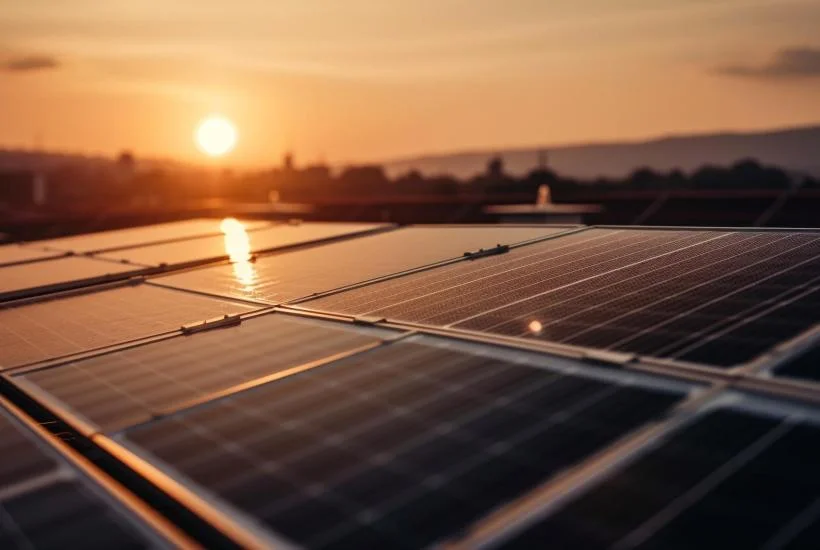China has officially flipped the switch on what experts are calling the world’s first dual-tower solar thermal power plant, situated deep in the sun-baked Gobi Desert.
This region, one of the driest and sunniest on Earth, provides the perfect backdrop for a project that aims to harness the sun like never before.
Built by the China Energy Engineering Corporation, the facility is nothing short of colossal.
Over 10,000 heliostats—highly reflective, sun-tracking mirrors—dot the desert floor, focusing sunlight on two central towers, each soaring more than 200 meters high.
The visual spectacle alone is jaw-dropping, a modern testament to human engineering meeting natural abundance.
How the Plant Stores Solar Energy After Sunset
What sets this plant apart from traditional solar setups is its ability to generate electricity around the clock.
The system stores heat in molten salt, meaning energy captured during the blazing daytime hours can be released even after the sun dips below the horizon.
Having two towers instead of one is more than a design flourish—it boosts efficiency, builds redundancy, and strengthens grid stability.
Essentially, this means China can rely on consistent, clean energy from this desert powerhouse without the frequent dips associated with conventional solar panels.
Experts Praise the Project as a Leap for Sustainability
Researchers from Tsinghua University and the Chinese Academy of Sciences have hailed the project as a milestone for renewable energy and sustainable development.
Not only does the plant slash carbon emissions, but it also proves that arid, desert landscapes can be transformed into high-output energy centers.
“This project symbolizes a new era in solar energy and highlights China’s capacity to innovate in large-scale renewable infrastructure,” said one Tsinghua University researcher.
Projects like this are a major stepping stone as China strives toward its carbon neutrality target by 2060.
The Future of Solar Energy in Deserts
The launch of this dual-tower plant represents more than just technological achievement.
It signals a potential blueprint for other sun-drenched regions around the world.
By combining massive-scale solar concentration with smart energy storage, the model could redefine how deserts—often seen as inhospitable wastelands—are harnessed for clean power.
With this step, China isn’t just adding renewable energy capacity—it’s demonstrating a vision for sustainable innovation that could inspire the next generation of solar technology globally.
